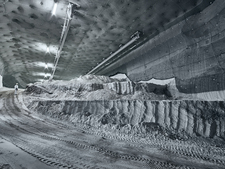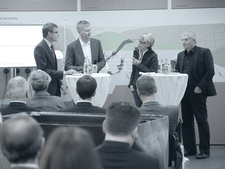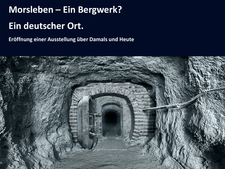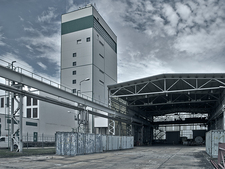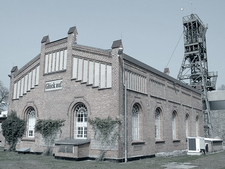Navigation and service

Citizenservice
Morsleben Overview

Morsleben Overview
In the former Bartensleben potash and rock salt mine near Morsleben (Saxony Anhalt), the GDR set up a repository for low-level and intermediate-level radioactive waste. The Federal Republic of Germany continued to use this repository until 1998. Altogether 36,754 cubic metres of low-level and medium-level radioactive waste have been stored in the Morsleben repository.
Booking Request

Booking Request
Want to see at first hand how things look at 500 metres beneath the earth's surface? Let us take you on an interesting and informative journey into the inner workings of Morsleben. We’ll show you what goes on underground, where the radioactive waste will be stored.
Multimedia: Experience Morsleben

Multimedia: Experience Morsleben
In the Media centre you can find publications and videos of the future Morsleben repository.

